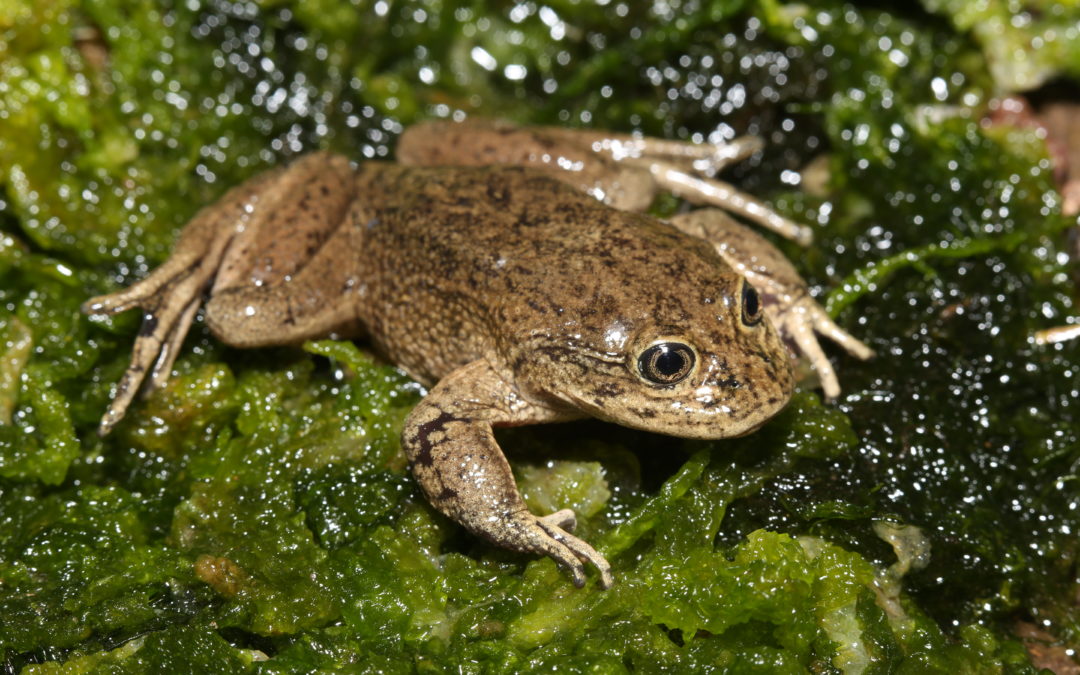For the first time, the illustrative species of Chilean fauna have a new representative on its list, an amphibian which has been selected with the clear objective of raising awareness and educating about the imperative need to conserve and protect our native species.
Since 2014, the contest is organized by the Jane Goodall Institute, as part of Wildlife Day in Chile in order to spotilght our delicate fauna status. This year, the froglet of Loa contested with the Fin Whale, the Guiña (or Red Cat), Acanthinodera, Duck Cuttoff and the Matuasto Chillón lizard (Alicahue fat lizard). This little frog will represent our fauna, as the Huemul (The south Andean deer), Darwin Fox, Andean mountain Cat, Quirquincho de la Puna (Andean hairy armadillo), Stag beetle and the Humboldt Penguin did before.
During 2019, the human intervention of the habitat where the froglet of Loa lives almost become this amphibious extinct. Thankfully, a convenient intervention was performed and the last specimens were rescued. Most of them are in the National Zoo of Santiago in an ex situ conservation program, expecting they can be reintroduced into their habitat in the future.
In this context, The Natural and Cultural History Museum of Atacama Desert, a unit of Culture and Tourism Corporation of Calama, leads the project “Actions for Conservation and Environmental Education in Telmatobius dankoi, the Frog in Danger of the Loa: Crisis of extinction and future actions ”, where overall with the Environmental Management and Biodiversity Center of the Faculty of Veterinary and Cattle Sciences of the University of Chile, Municipality of Calama and CODELCO North, seek to raise awareness about the importance of conserving and protecting one of the most threatened vertebrates in Chile. The Museum assignment adds to the studies aimed at the conservation of the froglet of Loa, by the Environment Ministry, National Zoo and researchers of the University of Chile and Andrés Bello University.
Currently in Chile, 60 species of frogs and native toads are recognized, where 61.7% are unique in Chile and 73.3% are threatened.
Undoubtedly, we celebrate this milestone for our native amphibians, with our dear ambassador.
